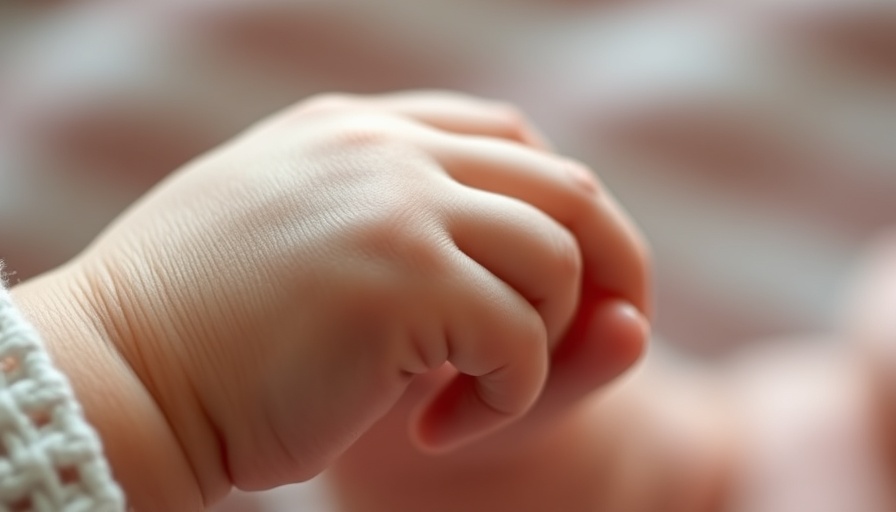
The Incredible Journey of Rafferty Isaac
In a remarkable tale of resilience and medical innovation, baby Rafferty Isaac has been called a miracle baby, born twice under extraordinary circumstances. At 20 weeks gestation, Rafferty was temporarily removed from his mother’s womb in a pioneering surgery to remove cancerous tumors from his mom, Lucy Isaac, who was diagnosed with ovarian cancer.
A Major Decision at a Crucial Time
When Lucy received her diagnosis at just 12 weeks pregnant, her medical team faced a challenging situation. Traditional treatments, particularly surgery, posed significant risks to both her and the developing baby. However, prolonging treatment until after delivery could allow the cancer to spread. Thus began a journey marked by medical decision-making shaped by love and sheer determination.
The Rare and Risky Surgery
In October, Lucy underwent an unparalleled five-hour operation at John Radcliffe Hospital in Oxford. This procedure was unlike typical surgeries; it involved temporarily removing her womb—carrying Rafferty—so surgeons could access and remove cancerous cells that were threatening Lucy's health. The surgery is rarely performed due to its complexity and associated risks. During the operation, doctors meticulously monitored Rafferty’s heart rate, wrapping the womb in a saline pack to maintain a stable environment akin to being inside the body.
The Emotional Reunion with a Healthy Baby
Rafferty's arrival in January, weighing in at 6 pounds 5 ounces, was not merely a medical triumph; it was a deeply emotional moment for the Isaac family. Lucy’s husband, Adam, who had undergone a kidney transplant just two years prior, reflected on how holding their baby after all they had endured was a touchstone moment. “To finally hold Rafferty in our arms after everything we have been through was the most amazing moment,” he shared.
Why This Story Matters
This incredible story underscores not only the advancements in medical science but also the significant emotional journeys families endure when faced with health crises. Lucy’s experience speaks to the importance of support systems, both professionally through healthcare teams and personally through family connections. Moreover, it highlights how innovation in medicine can lead to remarkable outcomes, offering hope to many who find themselves in similar predicaments.
Looking Ahead: The Future of Surgical Innovations
As medical professionals continue to push the boundaries of what’s possible, the procedure carried out for Lucy and Rafferty may pave the way for future surgeries involving pregnant women facing critical illnesses. The success of such surgeries can inspire broader discussions about the potential for safe, effective interventions that ensure both mother and child can thrive.
Beyond Medical Breakthroughs—The Heart of the Family's Story
Ultimately, Rafferty's double journey signifies more than just a successful surgery; it encapsulates the unwavering spirit of families that face health challenges head-on. Lucy, in her reflective moments, recounted her profound connection with Rafferty during the procedure, noting that it felt as though she had met him before. This emotional bond lays the foundation for a narrative centered on hope and recovery, resonating with anyone who understands the struggles of balancing health and family.
Final Thoughts
Rafferty's story is a testament to resilience and medical innovation, providing encouragement to those who may feel overwhelmed by health adversities. As we continue to witness such breakthroughs in healthcare, it invites everyone to consider the paths taken by families and the collective impact of medical science on human life.
 Add Row
Add Row  Add
Add 




Write A Comment